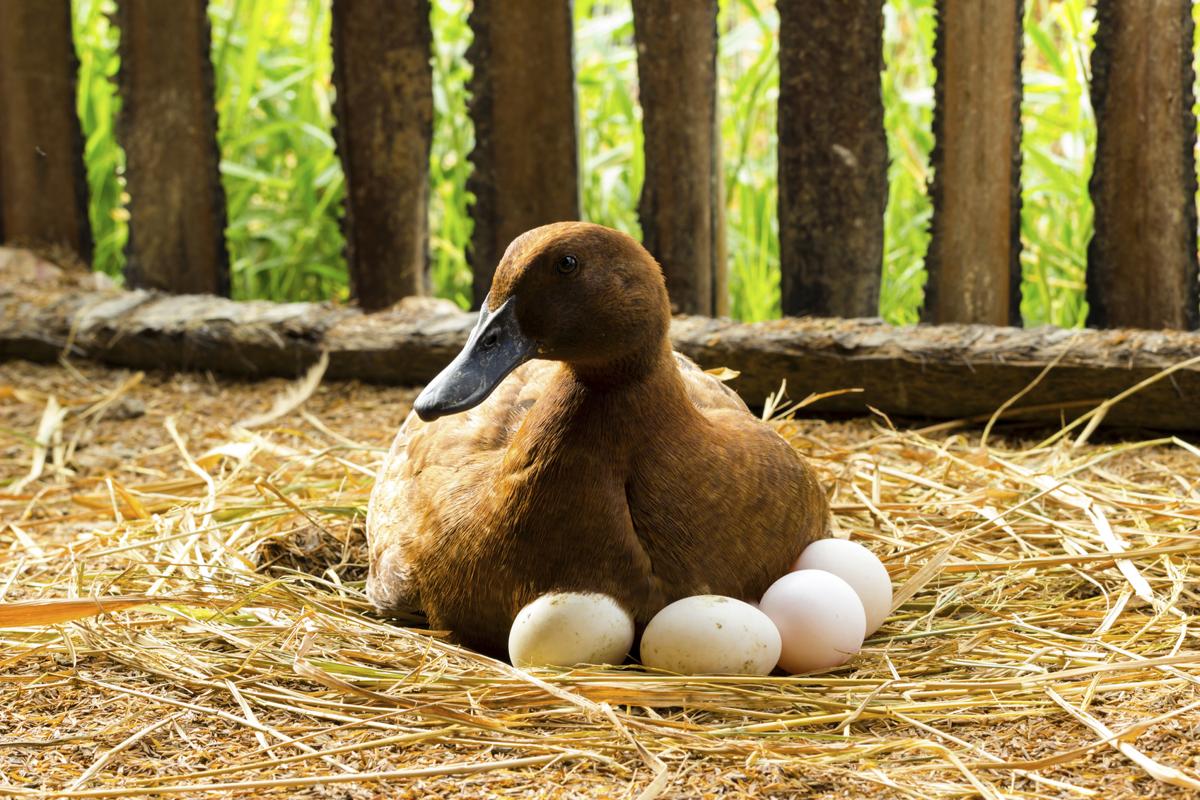

The ideal nesting habitat for Wood Ducks includes meandering streams, wetlands, farm ponds and lakes, all with standing timber. Birds fly in single pairs or small flocks, stopping several times before reaching their destinations. Wood Ducks begin their migration shortly before sunset and well into the early nocturnal hours flying mostly at night. Johnsgard appeared to be March 13 to April 8. Paul Johnsgard is January 17 to June 7, with a median date of March 28.

The spring return of Wood Ducks to Nebraska as documented by Dr. The timing of spring migration is not well known due to the overlapping ranges of resident and migratory birds. The fall migration of Wood Ducks in Nebraska is from September to December with a median of Oct. Wood Ducks move southward from northern breeding areas in early fall. 22, 2006 Migration Photo courtesy of Roger Strand

– Excerpted from Central Flyway News, Jan.
WOOD DUCK HATCHING EGGS HOW TO
BAN’s Website has more information on how to help. Bluebirds Across Nebraska, with the introduction of their Wood Duck Recovery Program, is determined to help accelerate the rate of Wood Duck population gains in the state, including the initiation of new programs where pioneering hens are beginning to appear along ancient waterways. Throughout their range, Wood Ducks have shown they can respond dramatically to man’s efforts to improve habitat. A recent phone call to Todd Peterson confirmed that nesting Wood Ducks have found their bottomlands and now sometimes show up as part of the early season hunting bounty. Cottonwoods, willows and elms have matured along the banks and associated wetlands. They have carefully preserved the family photos, which document how the scene has changed. The hunts were hosted by the Petersons, who are third and fourth generation local landowners and historians. In the 1980s, I was privileged to hunt waterfowl along a section of the Platte. Pioneer farmers could recall whole islands in the river disappearing, swept downstream along with any young tree seedlings that had chanced to grow. This control, along with de-watering of the river further upstream, has eliminated the massive scouring of the Platte’s banks and channels each spring by ice-laden floodwaters. Besides creating Lake McConaughy, it controlled flows. In the case of the Platte River, another factor favoring riparian tree growth was construction of the Kingsley Dam in the 1930s near Ogallalla. With the onset of Europeans, breaking the prairie sod, and control of wild fires – and with an added assist from pioneer tree planters, Nebraska’s waterways have gradually taken on a new look. Nebraska’s Wood Ducks – Historical Notes and Thoughts


 0 kommentar(er)
0 kommentar(er)
